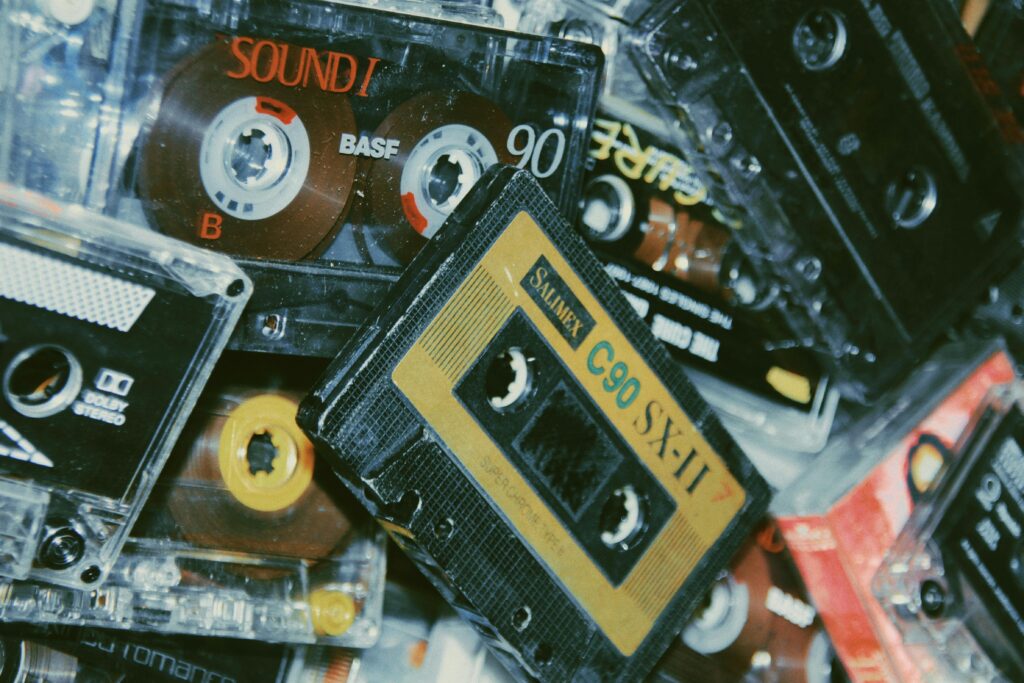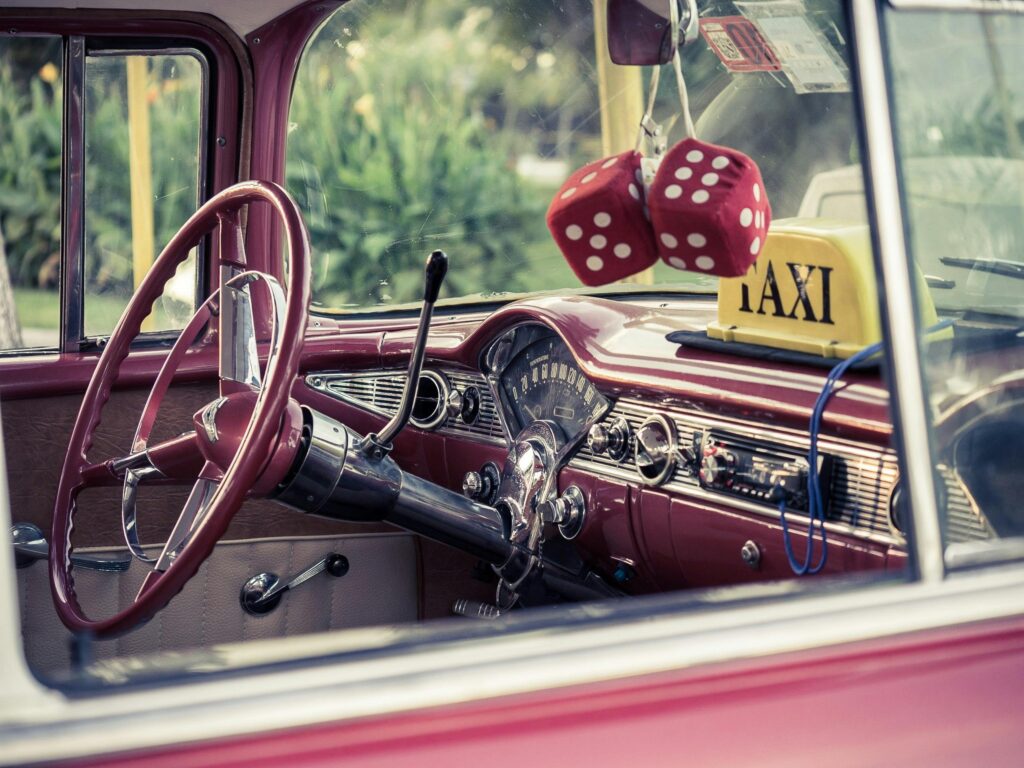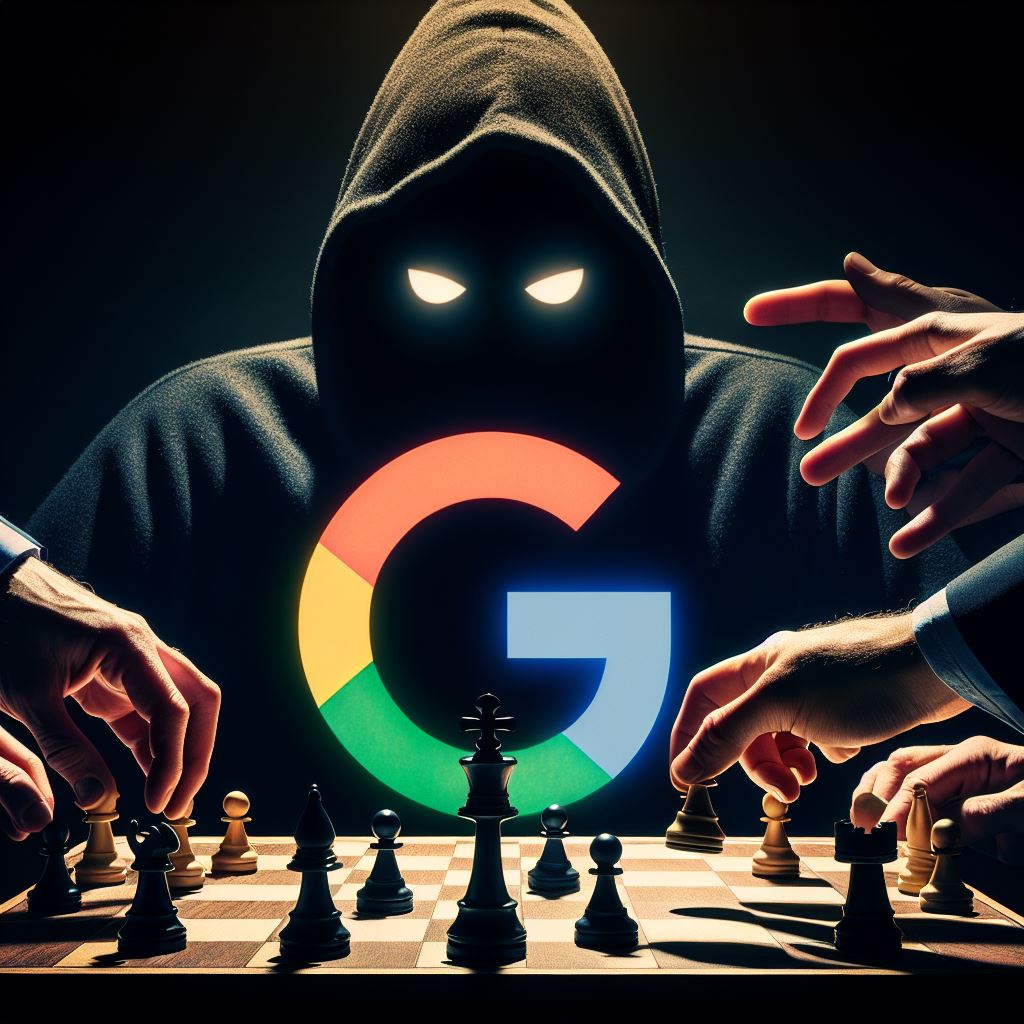It’s hard to scroll through social media without seeing a blast from the past. From Barbie collaborations to Y2K-inspired retro aesthetics, nostalgia marketing is everywhere. But why are brands leaning so heavily into the past, and how can your business use it without looking forced or outdated? The answer lies in the power of nostalgia, a marketing strategy that taps into childhood memories, emotional connection, and cultural moments to create engagement and loyalty.
Nostalgia marketing works because it’s not just about visuals—it’s about feeling. When brands evoke memories or emotions from a certain era, they create trust, familiarity, and excitement. But if it’s not done carefully, it can feel inauthentic or “cringe.” In this blog, we’ll explore why nostalgia marketing works, highlight successful examples, and explain how your brand can leverage it authentically to increase engagement and brand loyalty.

Why Nostalgia Marketing Works
Nostalgia marketing works because emotion drives engagement. When consumers experience something familiar from their past, it triggers positive memories, comfort, and a sense of connection. Social media platforms amplify this effect because posts that evoke a “I remember this” moment are highly shareable, helping campaigns go viral.
Millennials and younger audiences love revisiting cultural touchpoints from the 80s, 90s, and early 2000s, while older generations appreciate fond memories from their youth. Brands that tap into these emotional connections create an instant shortcut to engagement, loyalty, and consumer trust.
Some of the best examples come from pop culture. Barbie collaborations with Prada Beauty blend nostalgia with modern design, appealing to adults who grew up loving the toy. Stranger Things uses 80s fashion, music, and retro visuals to create campaigns that feel instantly recognizable. Coca-Cola has also leveraged retro packaging to remind consumers of simpler times. These campaigns aren’t just about looking back—they create an emotional bond that drives awareness and loyalty.
Pop Culture Examples Driving Nostalgia Marketing
Music and fashion are major ways nostalgia marketing reaches audiences. Artists like Olivia Rodrigo lean into early 2000s pop aesthetics, combining sound, visuals, and nostalgic themes to evoke memories for listeners. Y2K fashion trends have reemerged on social media platforms, with brands using retro aesthetics to connect with audiences who grew up during that era.
Even video games and movies leverage nostalgia effectively. Super Mario, Pokémon, and other classic franchises are re-released with modern twists that appeal to both long-time fans and new audiences. Collaborating with influencers who embody retro aesthetics or cultural moments amplifies these campaigns. For businesses, these examples show the power of blending nostalgic content with modern marketing strategy to reach engaged audiences.
Avoiding the “Cringe” Factor
Not every throwback resonates. The key is authenticity. Nostalgic campaigns that feel forced or disconnected from the brand can backfire. Successful campaigns, like Nike reviving Air Jordan designs, combine retro appeal with storytelling that feels genuine. Less successful campaigns often chase trends without tying them to the brand’s identity.
For businesses, authenticity means integrating nostalgic elements naturally into your digital marketing, visuals, or product. It should enhance your brand identity, not replace it. Nostalgia works best when it supports the story you are already telling rather than creating a new one.
How Businesses Can Use Nostalgia Marketing
The first step is understanding your audience’s nostalgic memories. Which decades, styles, or experiences resonate most with them? Next, blend those elements with modern relevance to ensure the campaign feels fresh, not outdated. Every marketing campaign should tell a story that reflects your brand values, whether through social media marketing, email marketing, or content marketing.
Engaging across multiple channels is also crucial. Nostalgia can appear in social media posts, email campaigns, website content, and influencer collaborations, creating a cohesive experience that resonates at every touchpoint. When executed well, this approach boosts engagement, sharing, and ultimately, brand loyalty.
Why Nostalgia Marketing Works in the Digital Age
The digital landscape amplifies nostalgia marketing like never before. Social media platforms reward content that drives emotional engagement, so posts that evoke nostalgic feelings or fond memories reach wider audiences. Nostalgia encourages tagging friends, sharing stories, and interacting with content, increasing reach and engagement.
Influencers and creators are critical in amplifying nostalgic campaigns. By collaborating with personalities who connect with cultural moments or retro aesthetics, brands make nostalgia feel organic while reaching highly engaged audiences.
Summary
Nostalgia marketing is a powerful way to build emotional connection, increase engagement, and grow brand loyalty. The key is authenticity, alignment with your audience’s emotional touchpoints, and integrating it naturally into your marketing strategy. Done well, nostalgia marketing turns campaigns from forgettable to shareable, memorable, and meaningful.
If your business wants to harness the power of nostalgia and other marketing strategies effectively, contact Green House, a leading digital marketing agency, for a free digital audit of your marketing presence. We’ll help your brand craft campaigns that resonate, engage, and convert without ever feeling forced or outdated.
Frequently Asked Questions
Nostalgia marketing is a strategy that connects with consumers by evoking positive memories and emotional experiences from the past. It works because people associate nostalgic feelings with comfort and trust, which can lead to stronger brand loyalty. Many brands use nostalgia marketing campaigns on social media platforms and through content marketing to increase engagement and emotional connection with their customers.
Examples of nostalgia marketing include Barbie’s collaborations with Prada Beauty, the Stranger Things retro campaigns, and Coca-Cola’s vintage packaging. These brands combine retro visuals and nostalgic content with modern marketing strategy to connect emotionally with both younger audiences and older generations. The key is authenticity—successful brands tie nostalgic elements back to their story and values.
Green House, a trusted digital marketing agency in Orem, Utah, offers full-service solutions including social media marketing, email marketing, branding, and content creation. Our team helps you craft strategies—like nostalgia marketing campaigns—that drive engagement and conversion. We also provide a free digital audit to evaluate your current marketing efforts and identify areas for growth.


